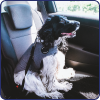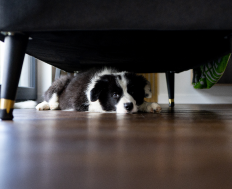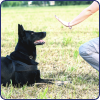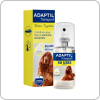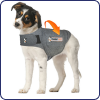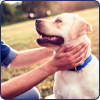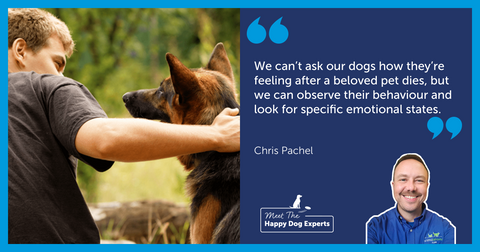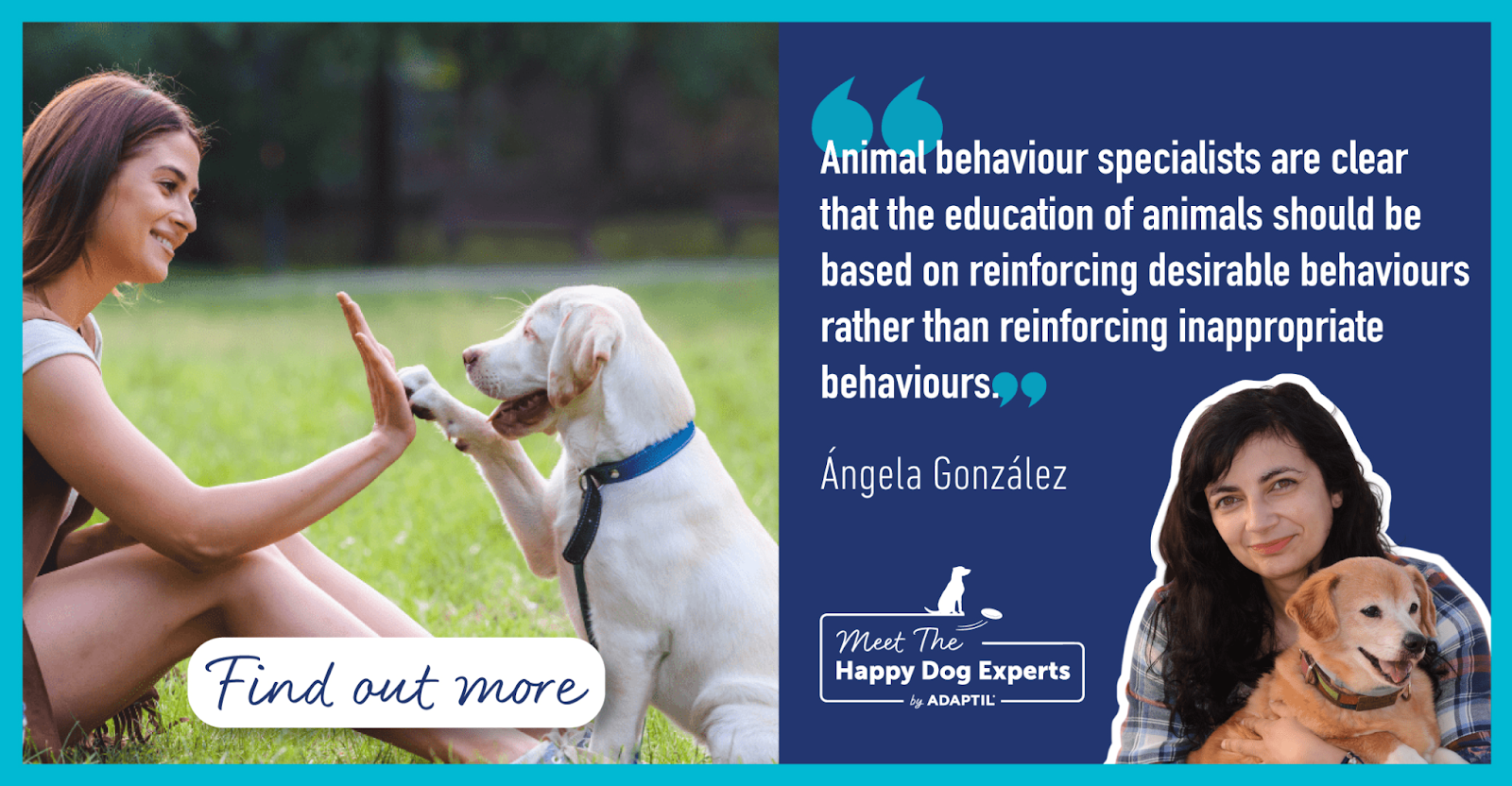
Happy Dog Expert: Why Use Positive Reinforcement Training For Dogs
When we want to educate our dog there are many training aids that we can find on the market. However, not all of them take animal welfare into account. Animal behaviour specialists are clear that the education of animals should be based on reinforcing desirable behaviours rather than reinforcing inappropriate behaviours.
That is, methods that are kind to the animal and that are based on scientific evidence must be used, completely avoiding the use of punitive techniques that, either in the short or long term, cause pain, stress or fear in the animals - and which are usually based on two types of learning: positive punishment and negative reinforcement.
By Veterinary Behaviourist Angela Gonzalez
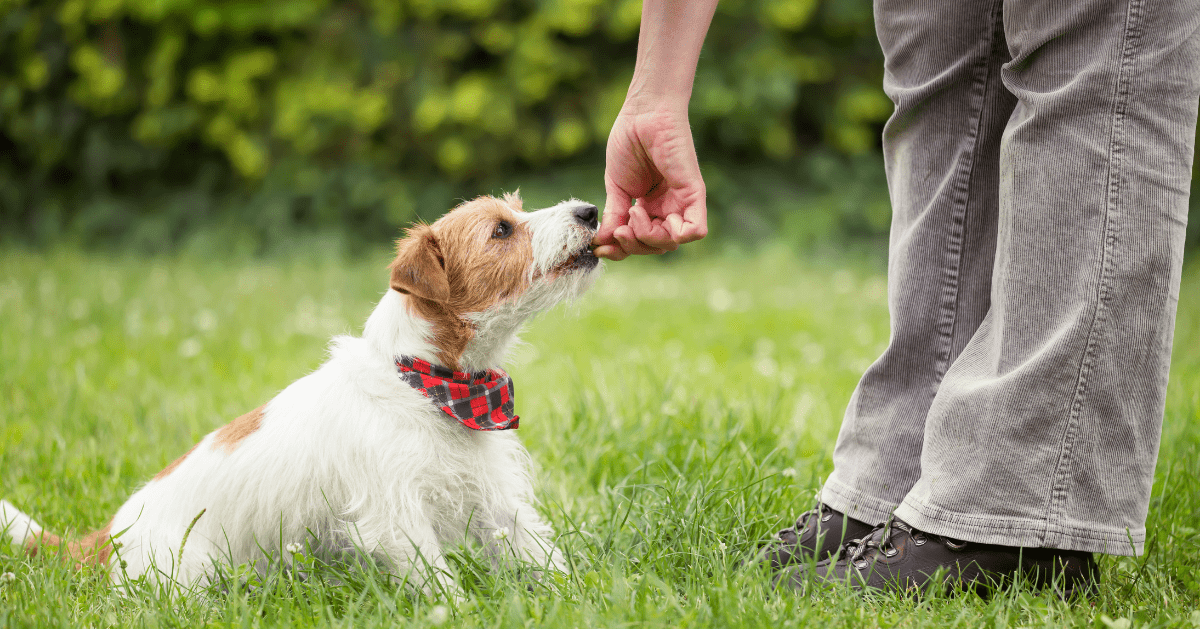
What's the difference between positive and negative reinforcement training?
In order to understand this better, it is important to know that the term positive learningdoes not mean "good" and negative does not mean "bad". In reality, positive implies giving something to the animal and negative, taking something from it. In addition, the term punishment implies that the probability that an animal repeats an action is decreased whereas reinforcement increases the probability that the dog repeats an action. In this way, we find that:
- Positive punishment is based on administering an adverse stimulus to the animal that is strong enough to interrupt the behaviour it is performing. An example would be scolding or spraying water at an animal to try and stop them doing something unwanted.
- Negative reinforcement is based on the withdrawal of a stimulus that is annoying for the animal when it stops showing a behaviour that is not desirable in order to carry out another one that is desirable. An example would be, pressing the body of a dog against the ground so that it adopts a certain position, such as lying on its side, and removing the pressure when the dog is in that position.
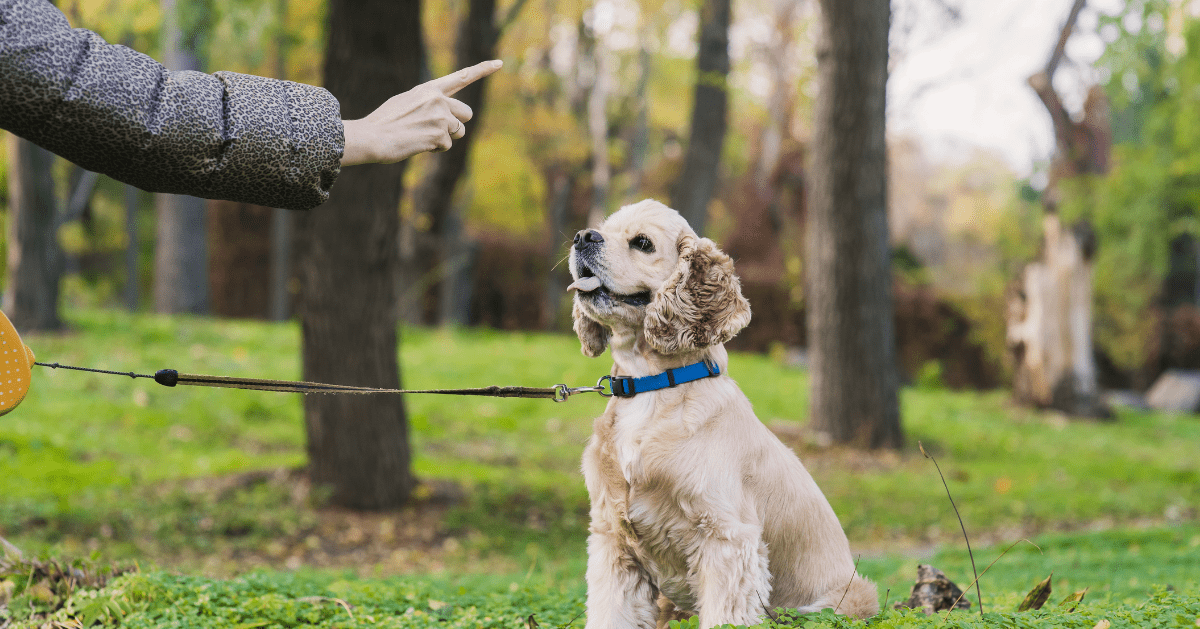
Why punitive methods don't work
Studies have shown that the use of punitive educational methods unfortunately have serious consequences on animal welfare:
- Dogs that have undergone this type of treatment suffer more stress and fear signs and problems than those that are treated with recommended methods based on positive reinforcement.
- In this way, it affects the physical and emotional well-being of the dog.
- This can lead to the deterioration in the dog-owner relationship.
- It can lead to potential for conflict between the trainer and the dog, which can be dangerous for both.
- Punitive methods can easily provoke aggressive responses against family members as well as strangers and other dogs.
- It has been shown that dogs educated with punitive methods are more pessimistic.
In addition to the consequences on animal welfare, the use of punitive educational methods has other drawbacks:
- Generally, positive punishment is difficult to use correctly, since it has to be applied at the right moment that the inappropriate behaviour occurs, so the window of application is very limited. For this reason, this approach is often misused.
- It does not promote the offering of desirable or correct behaviours by the dog as an alternative.
- It does not help the dog to learn new, wanted behaviours in the situation.
- The learning rates are lower than achieved using more animal-friendly education methods.
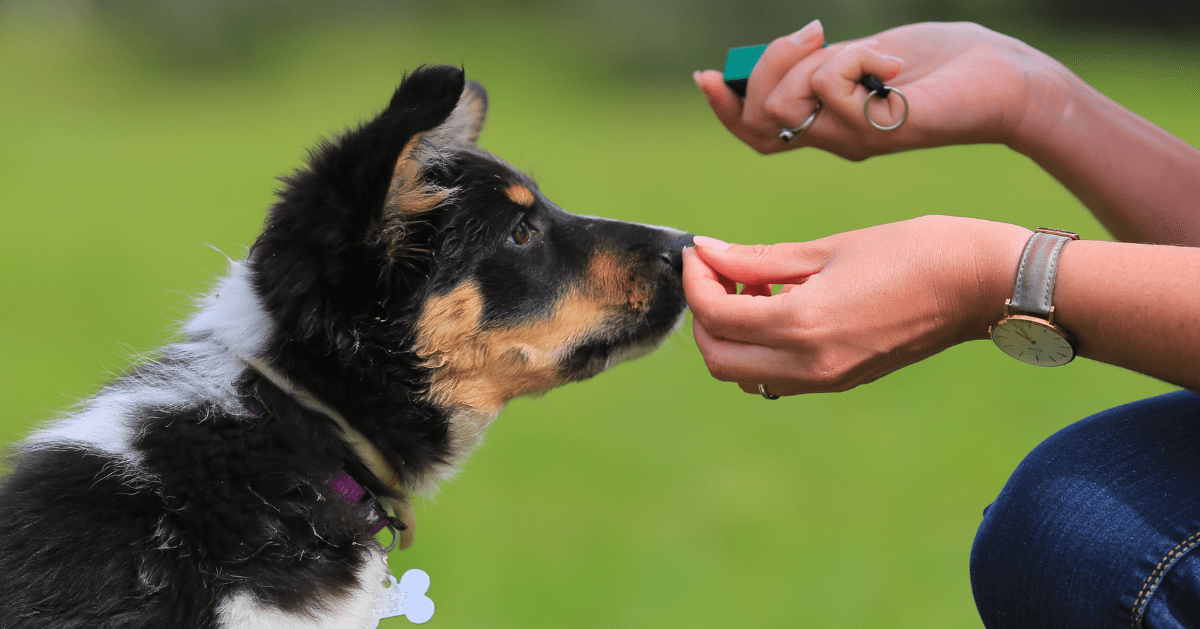 How to train your dog using positive reinforcement methods
How to train your dog using positive reinforcement methods
Thus, behavioural specialists can only recommend that the methods used in the education of dogs are based mainly on positive reinforcement. With positive methods, after performing an action the dog receives something pleasant, increasing the probability that the dog will repeat that action in the future. For example, your dog looks at you and sits down, you give them a food treat; your dog will sit down again in the future, as they may receive another treat for offering this behaviour.
This type of training is also called "Reward Based Training'' and is the recommended training method for educating dogs. This approach creates an environment that has very high learning rates, improves the dog-owner bond, promotes stable positive character and well-being of the animal, and avoids potential problems of coexistence due to the training. Dogs will often enjoy learning using this positive approach! By using rewards that your dog loves, keeping sessions short and using clear cues, you are setting both yourself and your dog up for success.
Are you ready to have fun with your dog while learning things together?
If you’re interested in learning more advice and information on caring for your dog from our team of experts, don’t forget we have a huge range of articles online. You can sign up to our newsletter to stay up to date with all our latest tips!
Bibliography
Deldalle, S., & Gaunet, F. (2014). Effects of 2 training methods on stress-related behaviors of the dog (Canis familiaris) and on the dogowner relationship. Journal of Veterinary Behavior: Clinical Applications and Research, 9(2), 58-65.
Herron, M.E., Schofer, F.S., and Resiner, I,R. (2009). Survey of the use and outcome of confrontational and non-confrontational training methods in client-owned dogs showing undesired behaviors. 117, 47-54.
Hiby, E.F., Rooney, N.J., Bradshaw, J.W.S. (2004). Dog training methods: their use, effectiveness and interaction with behaviour and welfare. Animal Welfare. 13, 63-69.
Rooney, N. J., & Cowan, S. (2011). Training methods and ownerdog interactions: Links with dog behaviour and learning ability. Applied Animal Behaviour Science, 132(3-4), 169-177.
Vieira de Castro, A. C., Barrett, J., de Sousa, L., & Olsson, I. A. S. (2019). Carrots versus sticks: The relationship between training methods and dog-owner attachment. Applied animal behaviour science.
Vieira de Castro, A. C., Fuchs, D., Morello, G. M., Pastur, S., de Sousa, L., & Olsson, I. A. S. (2020). Does training method matter? Evidence for the negative impact of aversive-based methods on companion dog welfare. Plos one, 15(12), e0225023.
Ziv, G. (2017). The effects of using aversive training methods in dogsA review. Journal of Veterinary Behavior: Clinical Applications and Research, 19, 50-60.
